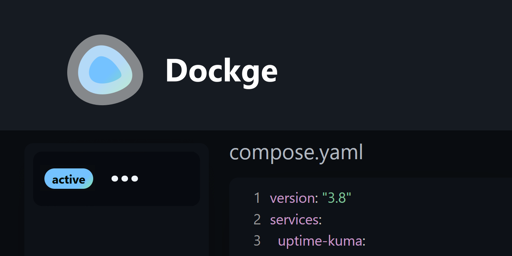

I thought the verses might be relevant in some way to the project but they seem to be pretty generic.
Weird choice to put them at the top of their refreshingly comprehensive readme. I believe I’ve seen projects with a quote at the top before, although they’ve been shorter.
Some books have quotes before each chapter and they can be inspiring and/or interesting.




Some game servers, some ISPs don’t provide IPv6 for (some of) their customers.